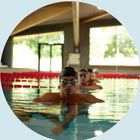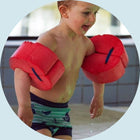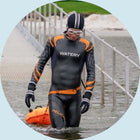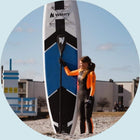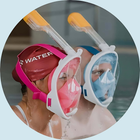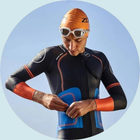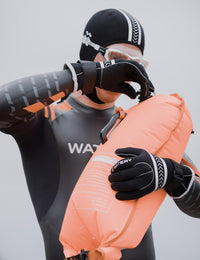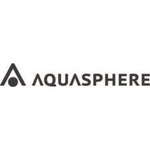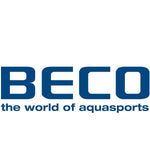Take good care of all other equipment
Since it is compulsory by law in most countries - including Denmark - to have a swim- or life jacket with out when cultivating paddleboarding, then of course there is also some maintenance on that account. Fortunately, they are very easy to maintain correctly:
Rinse your lifejacket or lifejacket in cold fresh water after use
Allow it to air dry, but not in sunlight
Store it dry and dark
Never step or stand on your life jacket or life jacket
In addition, all the other equipment comes. One of the most important parts is of course the removable fin. Here you mostly just have to remember to take it off before you fold the board - otherwise you risk it breaking. In addition, it just needs to be treated in the same way as a life jacket or life jacket.
Also, make sure that din leash is rinsed well and preferably dried with a towel. Most leashes have a lot of metal in them, which will rust if not dried properly after a trip in the water. And rust leads to cracking, which will be sour in the middle of the open water.
From here, there is not much more to it than spending a little extra time looking after your SUP board and the equipment that comes with it. It is well spent in the long run.
If you have been further inspired to throw yourself into the world of SUP, then you can get more inspiration right away here and find the best advice for SUP for beginners.
